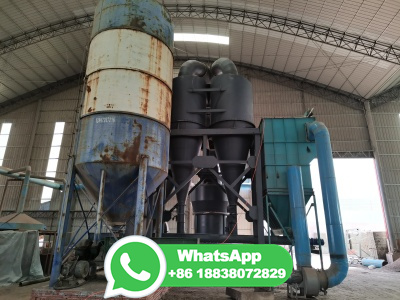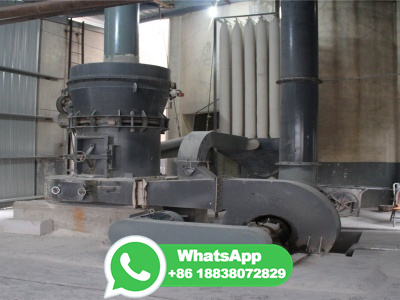An integrated optimal control model for the drying and .
WEBJan 12, 2024 · The drying and preheating process plays a crucial role in the induration of iron ore pellets. It is conducted on a closed, moving bed in both the straight grate and gratekiln processes. The internal state of the pellet bed cannot be measured and the manipulated parameters are set according to the experience.






















